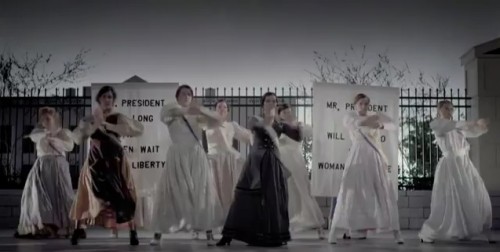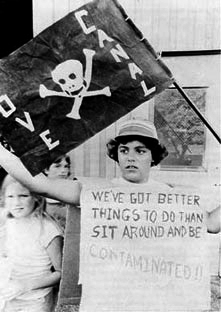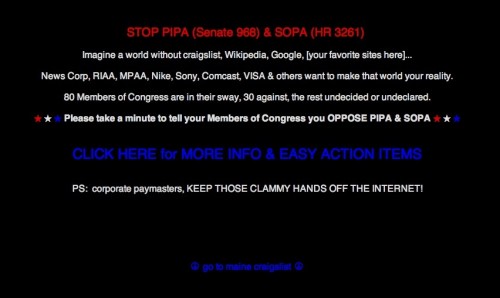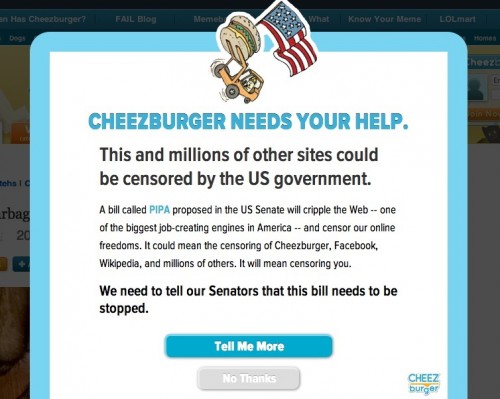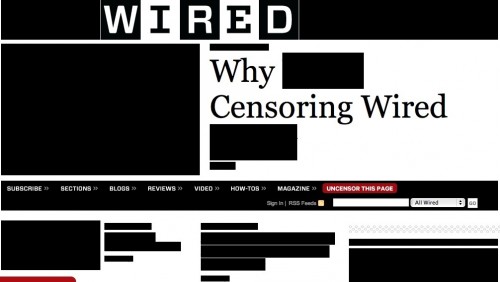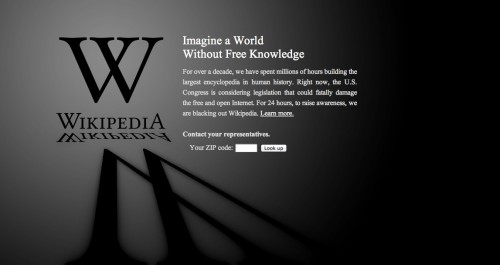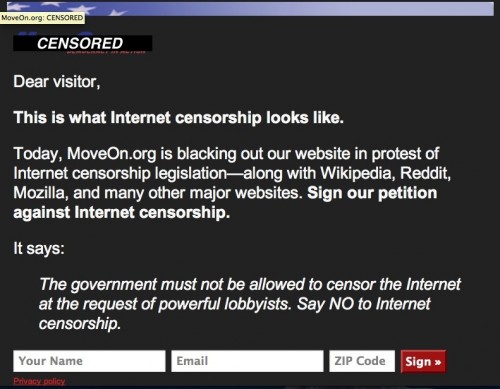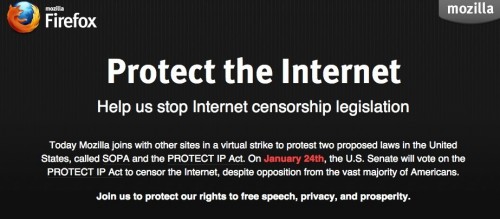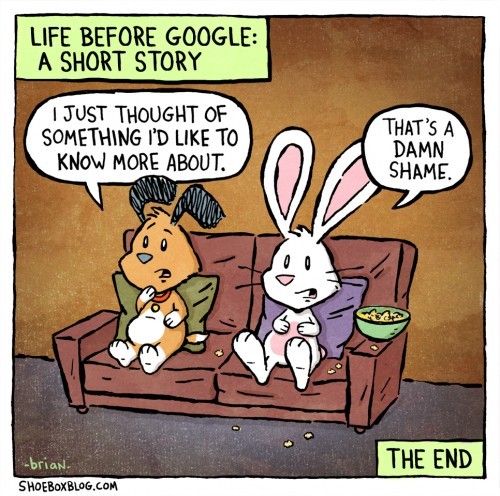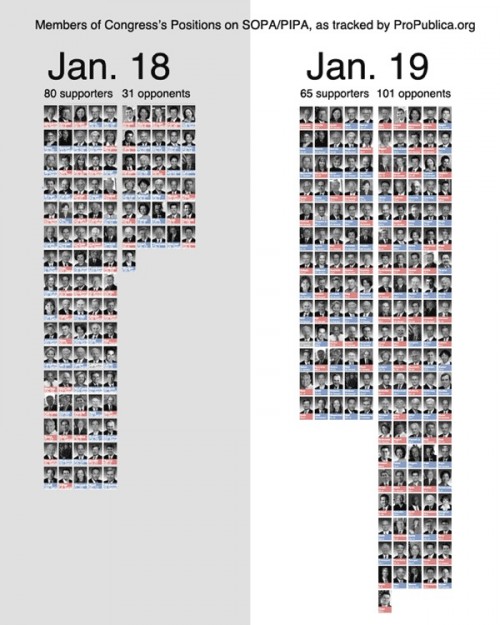Behold, I present to you a video parody of Lady Gaga’s “Bad Romance,” rewritten as “Bad Romance: Women’s Suffrage,” an account of the fight to get voting rights for women in the U.S.:
I just wanted you to know that this exists.
Lyrics and info available here. Thanks to Kristina Killgrove for the tip!
Gwen Sharp is an associate professor of sociology at Nevada State College. You can follow her on Twitter at @gwensharpnv.

